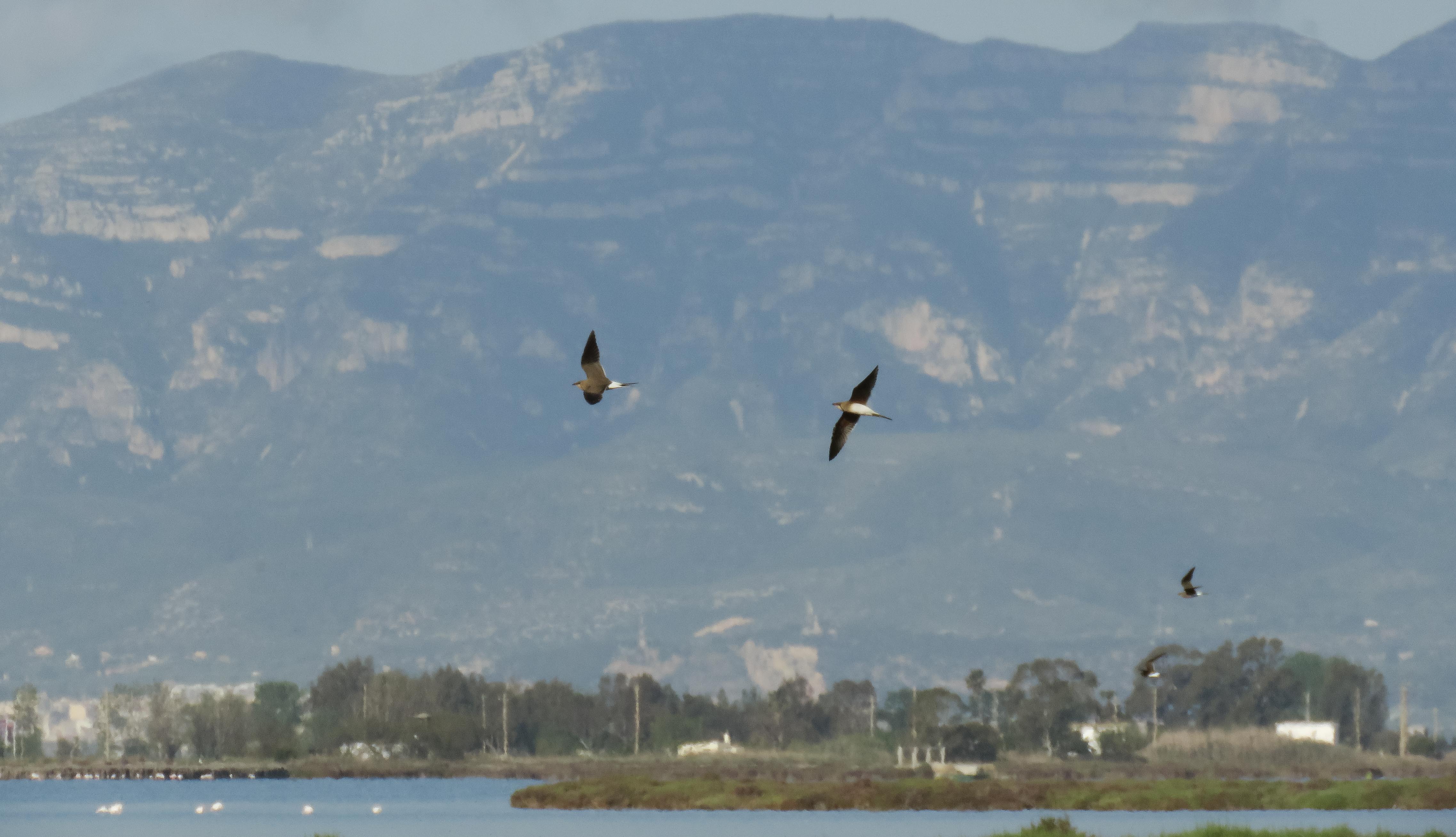Great Spotted Woodpecker h
Sand Martin c.8
Swallow c.100
Stonechat c.20
Sedge Warbler 2
Lesser Whitethroat 1
Common Whitethroat c.20
Garden Warbler 1
Willow Warbler c.15
Raven 4+
Willow Warblers in the Old Trapping Area
Considered to be the most numerous passerine migrant to the Western Palearctic, in southern Britain, the species unfortunately suffered a major decline during the early 1990's. Juvenile P.t. trochilus commence migration in the second half of July with both adults and the more north-easterly breeding P.t. acredula following suit in early August. Initial migration flights of juveniles are in the range of 25-250km as they cannot deposit sufficient fat to sustain longer flights.
Silver-spotted Skipper at Belle Tout
This butterfly is restricted to closely-grazed chalk downland sites in southern England. Its range contracted in the 20th century due to a reduction in grazing stock as well as the onset of myxomatosis which severely affected rabbit populations. Recent years have been more promising and this is one of the few species that is increasing its range. Indeed, at Beachy, it went unrecorded until relatively recently.
Male Red-veined Darter at West Rise
Kris Gillam very kindly let us know that he had found a number of obliging individuals of this highly migratory species that is resident in the Mediterranean countries of Europe but since the 1990's has arrived in Britain pretty much annually as an immigrant but only in very small numbers. Whilst evidence of breeding has regularly been confirmed the British winters are thought to be too harsh for resident populations to be sustained.

















